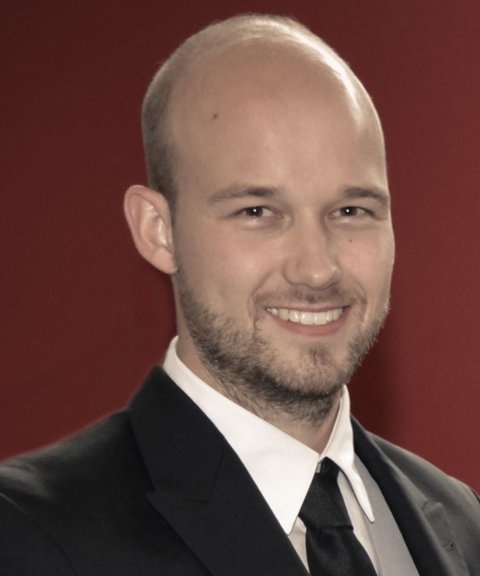Surface electromyography in personaliSed modeling of the head and neck
Merijn Eskes is a PhD student in the Research Group Robotics and Mechatronics. His supervisors are: professor Kees Slump from the Faculty of Electrical Engineering, Mathematics and Computer Science and professor Fons Balm from the Antoni van van Leeuwenhoek hospital. He was co-supervised by Ferdi van der Heijden, also from the Faculty of Electrical Engineering, Mathematics and Computer Science.

Personalised computer models may objectively determine the choice of different treatments for head and neck cancer, taking into account the effects on speech, swallowing and mastication. One of the important pillars to personalise these models is to add the patient-specific muscle control in order to achieve functional movements. This is the main theme of the PhD research of technical physician Merijn Eskes.
When it is expected that surgical removal of head and neck tumours will have too severe consequences, alternative organ-sparing treatments can be preferred. This choice is highly subjective and depends on the personal experience of the medical treatment team. Within the virtual therapy project – a collaboration between the University of Twente (the MIRA institute) and the Antoni van Leeuwenhoek hospital – people are trying to make this choice more objective and easier. They are developing patient-specific digital doppelgängers, on which they want to perform various virtual treatments to assess the patient-specific functional consequences.
One of the most important parts to personalise these models is the inclusion of muscle activation patterns. The important functions in the head and neck area all have to do with movements and forces, of which contracting muscles are the source. Surface electromyography is a patient-friendly technique which can measure the activity of different facial muscles. The measured muscle activity can then be used in so-called biomechanical models that can simulate real-life movements of, for example, facial expressions. With the help of forward and inverse modelling, the effects on muscles and muscle control as well as possible compensatory activation strategies may be visualised.





